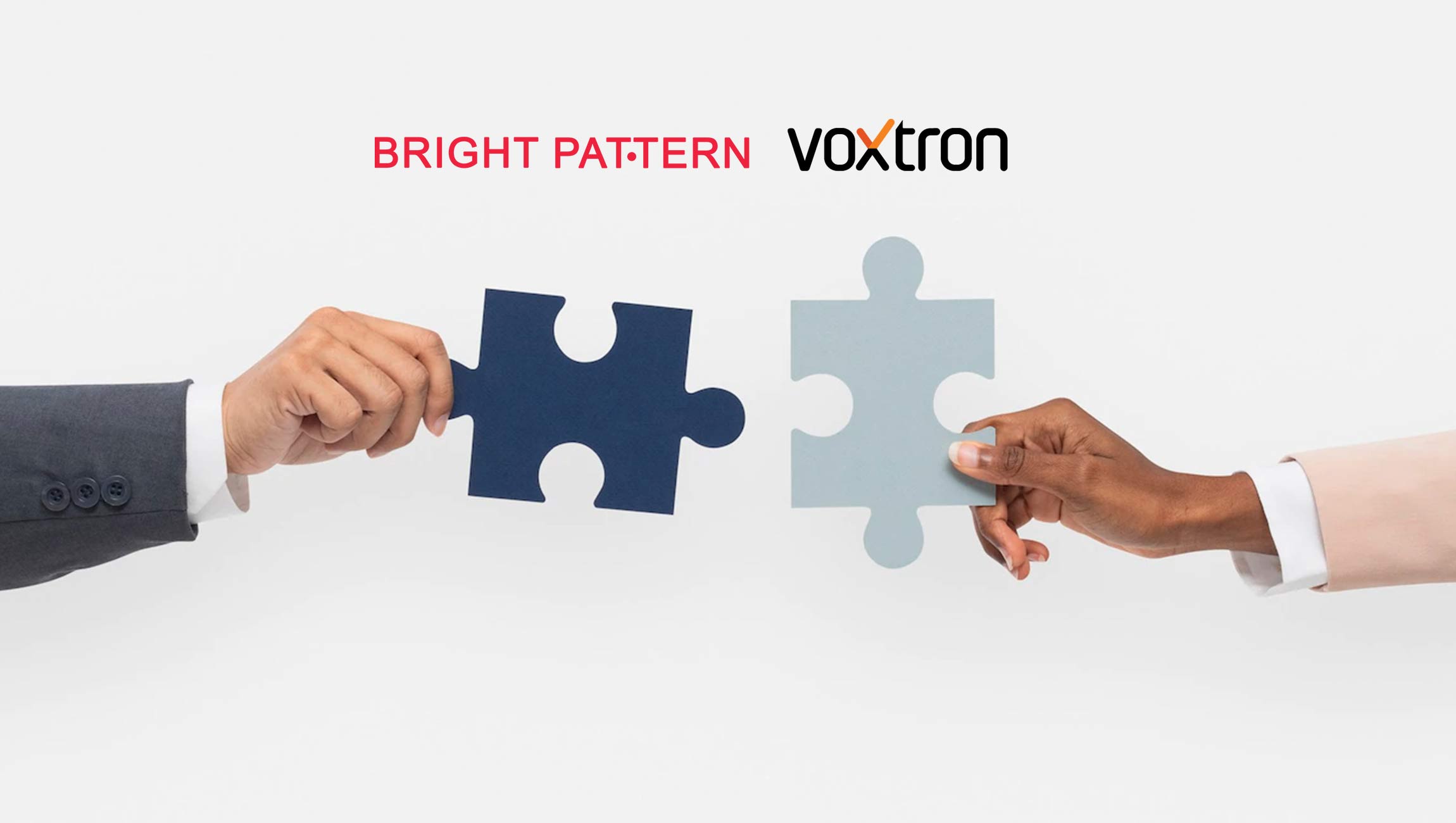We’ve all encountered popup ads, whether it’s your favorite brand tempting you with a spin-to-win discount, a nonprofit encouraging you to subscribe to their newsletter, or an airline reminding you about a recent travel search. Popups are much more than a UI interruption; they are targeted micro-moments of conversion that high-performing marketers deploy to drive action and move visitors forward in the customer journey.
In the mid-1990s, Ethan Zuckerman developed the first popup ad, allowing advertisers to display messages in separate windows. However, the format quickly became notorious for disrupting user experience, and by the early 2000s, popup blockers became a standard browser feature.
Fast-forward two decades, and popups are basking in a resurgence, reinvented for today’s digital, mobile-first landscape. Now, smart, personalized, and user-friendly, they are designed to deliver value, serving marketers and customers alike with timely behavior-driven engagement.
Today, popups serve several key functions in digital marketing strategies:
-
Lead Generation:
Collecting email or other pertinent contact information.
-
Personalization:
Offering content or deals tailored to user interests.
-
Zero-Party Data Collection:
Gathering information that users willingly provide, such as preferences or intentions.
-
Navigational Assistance:
Guiding users to relevant sections or products on a website.
In an era where third-party cookies are disappearing, popups offer an effective way to build direct, trusted relationships with consumers. They invite genuine, permission-based engagement. In fact, according to Intuit Mailchimp’s Science of Loyalty study, 80% of consumers consider brand trustworthiness a non-negotiable. That makes the first interaction, often through a popup, more critical than ever.
Here’s how marketers can turn that fleeting moment into a foundation for long-term loyalty.
Design Principles for Success
Popups are the front door to your digital presence and offer the first opportunity to connect with a website visitor, turning passive traffic into an engaged contact. Whether you’re offering a discount, a free download, or valuable content, popups are a critical top-of-funnel tool that helps marketers build their audience and fuel ongoing campaigns.
Users are quick to close a popup that’s slow to load or irrelevant. But a well-timed, well-designed popup, with a compelling offer, isn’t annoying; it’s appreciated. The key to success is to make the value exchange obvious. What’s in it for the visitor, and why should they trust you with their contact information?
Other factors to consider include:
-
Timing:
Effective popups appear when they’re most relevant, based on user behavior rather than arbitrary time-on-site triggers. Whether it’s a trigger based on traffic source, exhibiting exit intent, or clicking on a specific product, behavioral cues ensure that popups feel timely and helpful.
-
Placement:
Where a popup appears is just as important as when. Consider subtle entry points like a slide-in from the corner for softer nudges. The goal is to balance visibility with user comfort, ensuring the experience feels guided, not commandeered.
-
Copy:
Popups perform best when they sound like a helpful human, not a billboard. Use conversational language that gets to the point, aligns with your brand voice, and speaks to the user’s needs.
-
Frictionless UX:
Streamline every interaction. One input field, ideally for an email or phone number, is all you need to begin a meaningful relationship. Avoid overwhelming users with multiple asks or dropdowns. A clean, focused form increases completion rates, and reduces abandonment.
-
Continuous Optimization:
The best-performing popups rarely start out perfect. A/B test variations of the offer, the design, and mobile customization. The best marketers refine their message and increase conversions through continuous iterations based on real performance data.
Marketing Technology News: MarTech Interview with Miguel Lopes, CPO @ TrafficGuard
Build Relationships, Not Lists
In a digital world rapidly moving toward privacy-first practices and the deprecation of third-party cookies, the data marketers collect through popups has never been more important or valuable.
Why the Right Data Matters
Popups aren’t just for building email lists, they’re powerful data collection tools that fuel personalization and drive owned-channel growth. When used thoughtfully, they turn anonymous visitors into known, engaged audiences. According to Intuit Mailchimp’s research, 73% of consumers feel more valued when they receive personalized content, making data the key to meaningful engagement.
-
Email and SMS Opt-Ins:
These provide direct lines of communication, free from the control of ad platforms or algorithmic shifts. They are the foundation for long-term audience engagement.
-
Zero-Party Data:
Highly valuable information that a user intentionally shares with you. It might include their product preferences, style choices, fitness goals, or budget range.
For example, if a supplement brand asks visitors about their fitness goals (e.g., build muscle, general wellness, boost energy), that insight allows a brand to immediately personalize future emails, SMS messages, and even product recommendations on-site.
From Form Fill to Full Funnel
Data collected through popups shouldn’t live in a silo, it should power the entire customer experience. Intuit Mailchimp’s research found that nearly 90% of top-performing marketers who are revenue leaders automate their customer journeys, leveraging customer data platforms at nearly twice the rate of baseline marketers. The takeaway? When popup data is integrated and activated, it becomes a growth engine. Here are a few high-impact ways to put that data to work:
-
Segmentation:
Craft targeted campaigns based on customer-stated preferences. Marketers who use AI-powered features to segment smarter, deliver more impactful, personalized campaigns.
-
Product Recommendations:
Use declared interests to surface relevant products.
-
Retargeting:
Apply intent signals (“interested in men’s skincare”) to paid social and display audiences.
-
Cross-Channel Personalization:
Feed insights into email and SMS, WhatsApp messages, push notifications, and in-app experiences.
When integrated across platforms, popup data becomes the connective tissue for a consistent, high-performing marketing ecosystem. To measure success, track key metrics like impressions, conversions, and your opt-in rate. While email and SMS signups should remain your primary KPIs, they shouldn’t be the only ones. Engagement signals, segmentation insights, and downstream revenue impact all contribute to a more holistic view of performance.
What’s in Store for the Future of Popups
This next generation of popups will be smarter, more adaptive, and deeply behavior-driven, designed to deliver the right message at precisely the right moment. As consumer expectations for transparent brand communications rise and third-party tracking fades, zero-party data collection through popups will become not just valuable, but vital. Winning brands will prioritize trust, transparency, and personalization. The future belongs to those who build direct high-value relationships with their audience, and popup forms will continue to be a foundational part of that strategy.
Marketing Technology News: Why Advertisers Should Treat Affiliate Like an Advertising Channel











